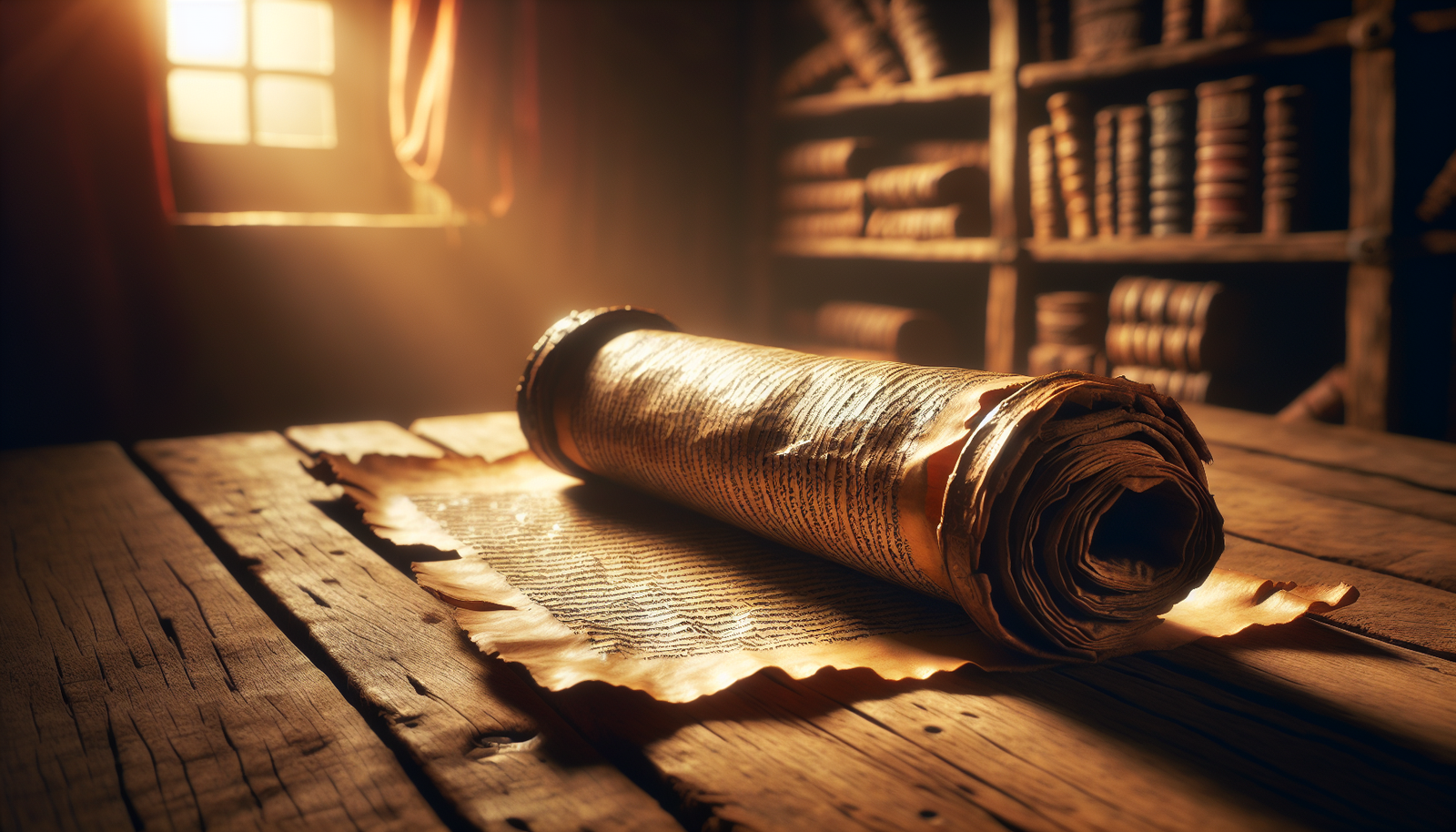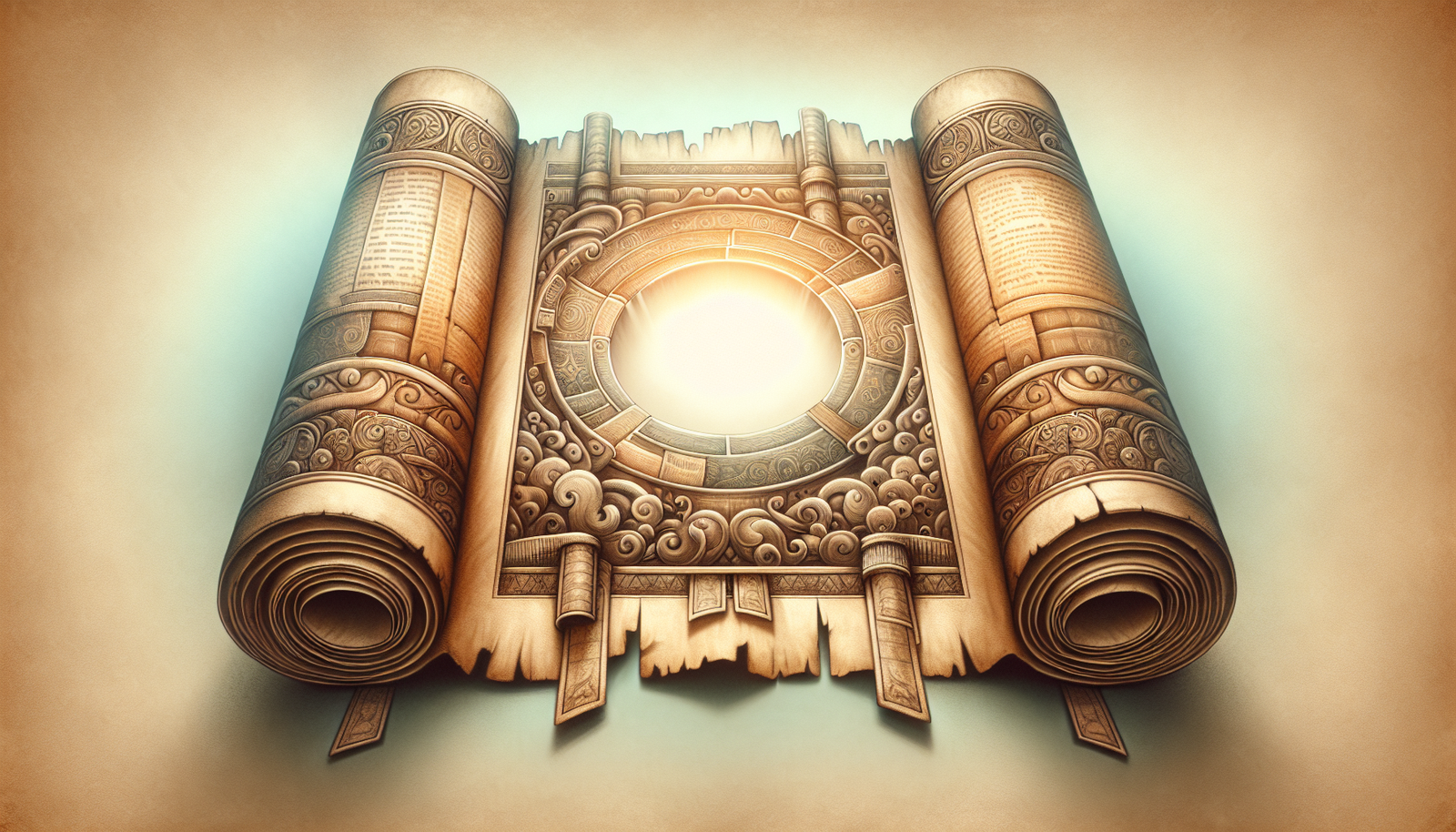What’s hiding beneath the craggy cliffs of the Dead Sea? If you’ve ever pondered the mysteries of ancient texts or the prophetic insights that have shaped religious thought through the centuries, the Dead Sea Cliffs offer more than just a breathtaking view—they hold a treasure trove of historical significance waiting to be uncovered.

The Geography of Mystery
Picture the stark beauty of the Dead Sea, the lowest point on Earth. The surrounding cliffs jut dramatically from the landscape, their ruggedness contrasting sharply with the serene surface of the salt-encrusted water below. This region is not only a geographical anomaly but also a cradle of ancient wisdom.
The Dead Sea is flanked by steep cliffs, a perfect hiding spot for scrolls and artifacts that offer glimpses into our past. When you think of cliffside secrets, it’s easy to visualize some fantasy novel, but in this case, the secrets are tangible: the Dead Sea Scrolls.
What Are the Dead Sea Scrolls?
Discovered between 1947 and 1956 in the Qumran Caves, the Dead Sea Scrolls collectively represent a pivotal archaeological find. Composed of over 900 manuscripts, these texts include biblical scriptures, apocryphal writings, and other documents significant to early Judaism.
The scrolls were largely written in Hebrew, Aramaic, and Greek between 150 BCE and 70 CE. They offer a fascinating window into the religious beliefs, practices, and community life of the ancient Jewish sect known as the Essenes. As you consider their implications, imagine every scroll as a conversation, echoing through the millennia.
The Historical Context
Understanding the Dead Sea Cliffs means diving into the historical context of their time. The region was inhabited during a turbulent period of Jewish history that saw the rise of different sects and evolving interpretations of scripture.
By the time the scrolls were hidden in the cliffs, tensions were escalating, leading to the Great Jewish Revolt against Roman rule. Many scholars believe that the Essenes, disenchanted with the temple priesthood and mainstream Judaism, sought refuge in this harsh landscape to preserve their faith and texts.
Unpacking the Scrolls
Let’s break down what types of texts were found among these ancient relics. Not every fragment tells the same story, and navigating this maze can be exhilarating yet daunting.
Biblical Texts
Among the most significant finds are the biblical texts, including nearly every book of the Hebrew Bible, save for Esther. These texts are incredibly valuable for several reasons:
- Variety of Manuscripts: Different versions offer insights into how biblical texts were transmitted over time.
- Linguistic Analysis: Scholars analyze the language and style, providing evidence of linguistic evolution.
- Theological Implications: Variations in text can lead to discussions about doctrine and belief system evolution.
Sectarian Writings
The community that authored many of these texts is believed to have been the Essenes. Their writings often reflect unique interpretations of scripture, such as:
- The Community Rule: This outlines the governance and lifestyle of the Essene community.
- The War Scroll: A prophetic text that outlines a future apocalyptic battle.
These documents don’t merely narrate events; they provide insights into the beliefs that drove the people of this time. They were not just archivists; they were prophets, shaping the religious landscape around them.
Apocryphal Texts
Outside the canonical texts, the Dead Sea Scrolls also contain several apocryphal works. These texts had a profound influence on Jewish thought. Some notable examples include:
- The Book of Enoch: Offering a vivid account of the heavenly realms and introducing complex angelology.
- Jubilees: A retelling of the Genesis and Exodus narratives that emphasizes calendar and ethical debates.
By including these works, the Essenes offered a broader, more nuanced understanding of their faith, one that diverged from mainstream trends.
Cultural and Theological Significance
Taking a step back from the scrolls themselves, what do these ancient documents represent when viewed through the lens of culture and theology? As you ponder this, remember that the implications of these writings are enormous.
A Window into Early Judaism
The Dead Sea Scrolls provide critical insights into the diversity of thought within Judaism during the Second Temple period. They reveal that far from a monolithic faith, Judaism at the time was vibrant and multifaceted, with various groups interpreting their scriptures differently.
Christianity’s Roots
Interestingly, the scrolls have sparked new conversations about early Christianity and its relationship with Judaism. Many scholars believe that Christianity owes much to the same cultural milieu that birthed the Essenes. For instance, Christ’s teachings resonate with the moral and apocalyptic themes present in the texts.
Prophetic Insights
The prophetic writings found among the Dead Sea Scrolls illuminate how ancient communities anticipated divine intervention. The prophecies reflect social and political concerns, showcasing how hope and despair intertwined with the sacred.
Archaeological Findings
The discoverers of these scrolls were quite fortunate, but the story is not just about luck; it’s also about the methodical approaches used by archaeologists. When you think about archaeology, it might evoke images of Indiana Jones dodging booby traps, but modern archaeology employs rigorous methodologies.
Excavation Techniques
The unique geography of the Dead Sea area requires specialized techniques for excavation:
- Stratigraphy: Understanding the layers of sediment helps in dating the artifacts.
- Surveying: Prior to excavation, surveys help identify potential treasure troves hidden in the cliffs.
Preservation Efforts
Once recovered, the scrolls face challenges of preservation. The climate of the Dead Sea region is harsh, with extreme temperatures and humidity levels that can damage fragile manuscripts. Conservationists are constantly researching methods to stabilize and restore these invaluable pieces.
Collaborative Studies
Recent advancements in technology have fortified our understanding of the Dead Sea Scrolls. Techniques such as multispectral imaging allow researchers to visualize previously illegible texts, revealing layers of meaning hidden from the naked eye.

Modern Interpretations
The relevance of the Dead Sea Scrolls stretches far beyond dusty archives or academic circles. In the 21st century, their insights play a crucial role in the dialogue surrounding faith, ethics, and cultural identity.
In Scholarly Circles
Academic discourse surrounding the scrolls is robust and ever-evolving. Scholars from diverse fields, including theology, history, and linguistics, continue to engage with these texts, offering new interpretations and insights. As you engage with their findings, it’s worth considering how contemporary beliefs are reshaped by our understanding of the past.
In Cultural Conversations
On a broader scale, the ideas encapsulated in the Dead Sea Scrolls resonate with modern movements and discussions about faith. Questions of morality, justice, and community echoes themes throughout those ancient texts. It’s a reminder that though centuries separate us, fundamental human concerns remain remarkably consistent.
The Impact of Technology
Advancements in technology both hinder and enhance our quest for knowledge. The scrolls have become an intersection of the digital age, as scholars and enthusiasts utilize online databases to share findings globally. You can ponder how access to such texts impacts your understanding of cultural and spiritual narratives.
Conclusion: The Cliff’s Edge of Understanding
To conclude, the Dead Sea Cliffs invite you to reflect on the richness of human history. The scrolls they protect are not mere artifacts; they are windows into a past filled with profound questions and insights that continue to influence our modern lives. The intricate dance between prophecy, culture, and belief resonates across time.
Each fragment unearths not just old words but the thoughts and aspirations of those who sought connection with the divine. The scrolls embody the essence of faith—a living, breathing dialogue that transcends the ages, beckoning you to engage with history, spirituality, and the question, “What stories can the ancient past teach us today?”
So, as you ponder the messages carved into the fabric of history, consider not just their origins but their implications. What do these prophetic insights mean for you, in your life today? The threads of the past continue to stitch into the fabric of the present, and perhaps there’s a personal revelation waiting just for you in those hidden scrolls.



